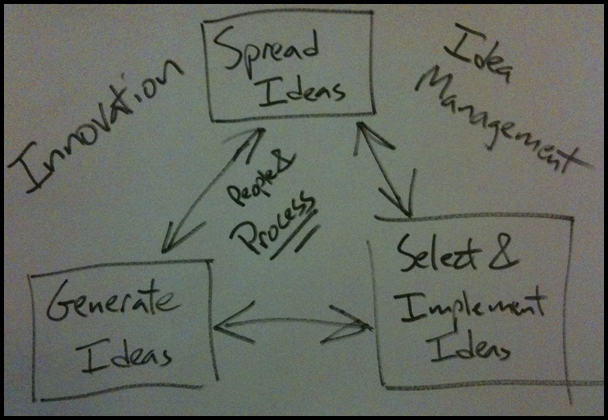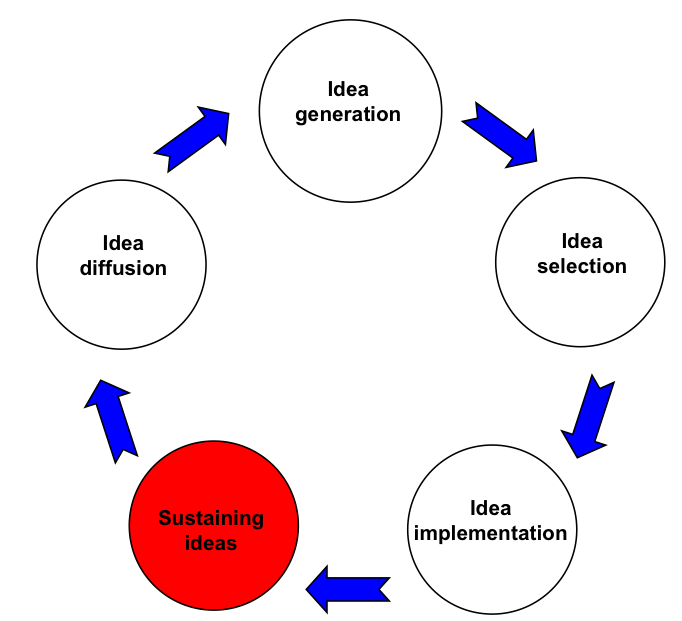Leadership might be the most confused term that we use in the body of Christ. We all assume a picture of leadership when we hear the word. Normally, what we really mean when we say “leader” is a strong, no-compromise, CEO who is not afraid of anybody but God.
That leader is charging forward with a tribe of crazed followers. That leader has game show-host public charisma and a personality that makes even casual contact inspirational. That leader has a strong belief in personal leadership skills. He is always courageous and sometimes reckless.
Before we go too far, understand that some of the above qualities are positive and important to the kingdom. But the subject here is not leadership. The subject is transformational leadership.
How is it different from other approaches to leadership?
Transformational leadership is focused outside of the leader’s world. Leaders may be charismatic and inspirational, but a centrifugal (outward) influence defines their leadership. A natural leader draws people in and sends people out. A natural leader attracts and gathers other leaders. Instead of promoting self, transformational church leaders promote the mission of the church. Does a transformational church leader want more people to attend the local church? Absolutely! Leaders want more people because they want to send more people back into the community and the world. The focus of passion for a transformational church leader is for lost people not bigger churches.
So how does this transition in leadership thinking take place? The old model of leadership was to hoard and retain control. Transformational leaders seek to empower and multiply. They think in terms of movements of God versus seasons of high attendance. Patience is critical. Courage to release and trust God is indispensable. To get moving in the right direction four mindset shifts are needed.
No More Superman Leaders
The first mindset shift toward transformational leadership is from one to many leaders. The CEO “Superman” model must be replaced by assigning a higher value on every man and woman. One reason churches implode is because of the overpromise suggested by our “Superman” view of pastoral leadership. Our professional Superman pastor will be trained in exclusive places called seminaries to gain expertise in business, family therapy, communication, marketing, leadership, and theology. The pastor will be taught how to lead local teams to spectacular church growth. A congregation has incredibly high expectations of their Superman. Superman returns the favor by having incredibly high expectations of the congregation.
But when the dream is not accomplished, finger pointing begins. Both the pastor and the members contribute to the finger pointing. Angry pastors bemoan the terrible people in their congregations. The pastor demands unilateral command and control. Then the church demands a high level of customer satisfaction, fiscal stability, and numerical success. And no one gets what they want.
Transformational churches have strong leaders. Their leaders understand the importance of every man and every woman. Superman is for comic books, not for the body of Christ. I fear church leadership has devolved to a counterproductive, bishop-driven system. The result is a disengaged, underchallenged, and underutilized missionary workforce.
“We” Not “Me”
The second mindset shift toward transformational leadership is from “me” to “we.” Transformational leaders know that every person can be used to fulfill God’s mission. Leadership is the stewardship to help others exercise their gifts, not just an opportunity for me to exercise my gifts. Clearly stated in Ephesians 4, the pastor’s role is to equip. The pastor must have a vision to help others align with God’s mission.
The transformational leader thinks team first. Everybody has a purpose. No one person’s personal purpose is more important than the biblical purpose of the team. The pastor may be the coach of the team. Coaches recognize the need for people to get into the game. A football team cannot survive with a quarterback and a running back only. Linebackers, kickers, and linemen are needed. A football team cannot win with a hall of fame coaching staff but no players. Transformational churches have found a way to “win” by engaging every believer into the work God has assigned to them.
While there is significant variety in the leadership assignments I have experienced, I have seen four common themes emerge from building leadership teams: a compelling purpose, the right leader, the right team, and a conducive culture. The four characteristics I have experienced are simple but not simplistic. To the contrary, team building is certainly not an easy process. It takes significant planning, buy-in, and old-fashioned work.
Don’t Hoard Power. Empower Others.
The third mindset shift toward transformational leadership is from personal power to people empowerment. Pastors and leaders traditionally measure leadership by power. But power is overrated, particularly when it comes to deploying missionaries through a local church. Power must hold people close. When a leader has all the power, the people are demotivated to act. Powerful leaders make people skittish about making decisions.
Transformational churches decentralize decision making. Permission is given to act and to lead. This feeds a new scorecard. Service moves beyond the time block on Sunday mornings to the rest of the week. The church becomes an army of leaders advancing the gospel into the community. A transformational leader will celebrate community service as much or more than service in their local church.
Think Outside of Your Church
The fourth mindset shift toward transformational leadership is from church to the kingdom of God. While God loves and values the local assembly of people called “church,” leaders in transformational churches are as concerned with the wider work of God’s kingdom as they are with the localized work of their individual congregation. They know that the kingdom of God births the church.
In recent days much has been written about the problems with the church. We see people with chronic angst about the institutional church. Certainly, the church organized has its faults. But problems in the church began in cities like Corinth and Ephesus in the first generation of its existence, not during the twenty-first century. Buildings and programs help the mission but can also become the unnecessary focus of a congregation.
Competition, denominational worship, and sentimentality obstruct the view of the greater kingdom even further. The real significance of the assembly (people of God) is found in its place in the larger kingdom of God no matter the building or generation. People are moved toward God because of the vision for a higher purpose than mere assembly. When church is reduced to that place on the corner where we go on Sundays, we reduce the church and kingdom to something smaller than God intended.
Transformational leaders have learned to trade in the small and trivial for substantive and eternal. Are you a transformational leader?

Tags: Leadership Engine, Thom Rainer, Transformational Leadership
|
What is MyVisionRoom? > | Back to Leadership >

































